The Story of Spanish Leather
Saturday, January 27, 2024
The story of Spanish leather is as rich and dimensional as the material itself. From the Moorish influence in the Medieval period to the emergence of globally renowned brands in modern times, the journey of Spanish leather is steeped in history, innovation, and craft. Today we will explore the Spanish relationship with leather goods throughout centuries and delve into how the tiny town of Ubrique came to epitomize luxury leather craftsmanship.
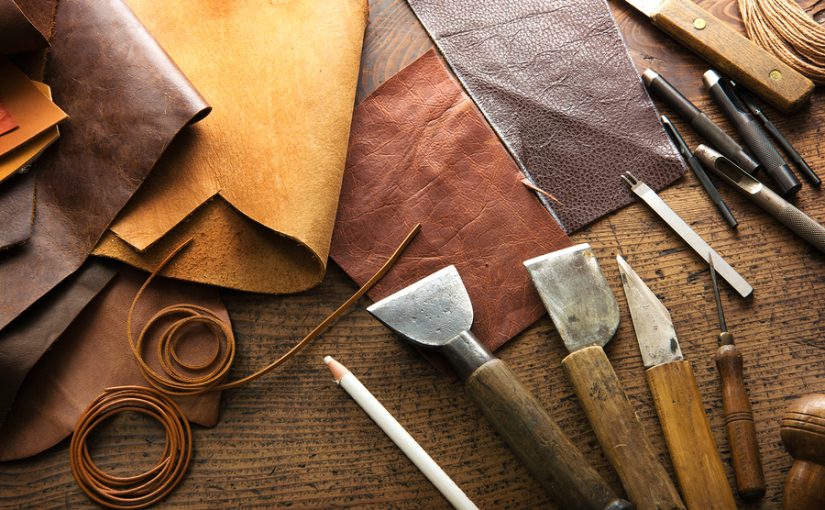
From Prehistoric times to the Moors: Early Leather Work
Spain's relationship with leather can be traced back to prehistoric times when our ancestors used animal hides for their survival. However, this connection evolved significantly during the period of Moorish rule in the Iberian Peninsula from 711 to 1492.
The Moorish influence, owing to their sophisticated knowledge of leatherwork and tanning, grew primarily from the city of Cordoba. The art of guadamecí, an intricate technique of embossing and painting on leather, was introduced by them, laying a vital foundation for Spanish leather craftsmanship. Under the Moors, Spanish leather became a coveted asset due to its high quality, striking designs, and rich colours. It acquired a luxurious status and became an emblem of prestige and opulence. The term cordwainer, an old English word for shoemaker, originating from the city of Cordoba, underscores this profound historical influence.
Renaissance and Baroque Periods: A Blend of Art and Religion
With the Reconquista reclaiming Spain from the Moors, the leather industry started reflecting Christian influence. The Islamic decorative patterns and symbols gradually gave way to Christian imagery and designs, marking the religious and cultural shift of the country.
The Renaissance and Baroque periods witnessed an artistic transformation in leather goods, with heightened experimentation in new techniques and designs. A noteworthy development during this epoch was gold and silver embossing on leather, a symbol of wealth and nobility. Prestigious families across Europe increasingly sought Spanish leather, contributing to a surge in demand for high-quality, handcrafted items. The art of bookbinding also saw commendable advancements, producing ornate and beautifully finished leather-bound manuscripts that are revered to date.
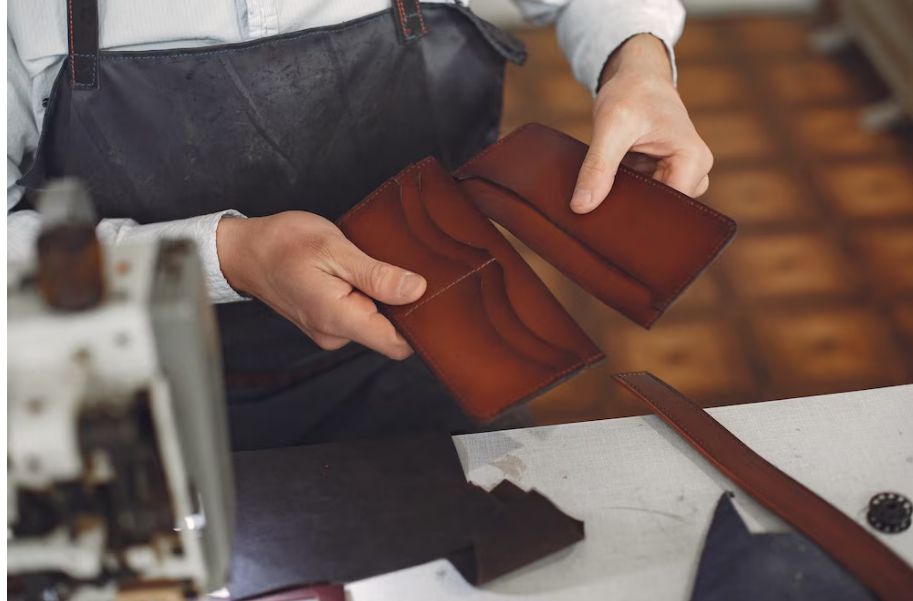
Industrialization and Revival: The 19th and 20th Centuries
In the 19th and 20th centuries, the Spanish leather industry saw unprecedented growth, with complex manufacturing processes enabling the mass production of leather goods. The fusion of artisanal roots and modern advancements birthed distinct designs that contributed to Spain's unique leather identity.
However, the Spanish Civil War (1936-1939) and subsequent dictatorship considerably hindered the development of the leather industry. Yet, as Spain began to resurface on the global stage post-1970s, the industry saw a revitalization, especially in the high fashion sector. Brands like Loewe and Camper came to the forefront, reflecting the international success of Spanish craftsmanship and placing Spain firmly on the global map of fashion luxury.
Ubrique: A Luxury Leather Haven
Nestled in the southern region of Andalusia lies Ubrique, a town that significantly shapes the narrative of the global luxury leather industry. Despite its humble size, Ubrique’s influence is titanic, servicing many of the world’s top luxury brands with its exquisite leather goods.
Ubrique’s roots in the leather industry date back centuries. Still, its international recognition grew in the mid-20th century, primarily due to the town's deep understanding and mastery of the craft. The artisanal tradition was transferred through generations, nurturing an intimate knowledge and a unique approach to the craft that has come to define Ubrique.
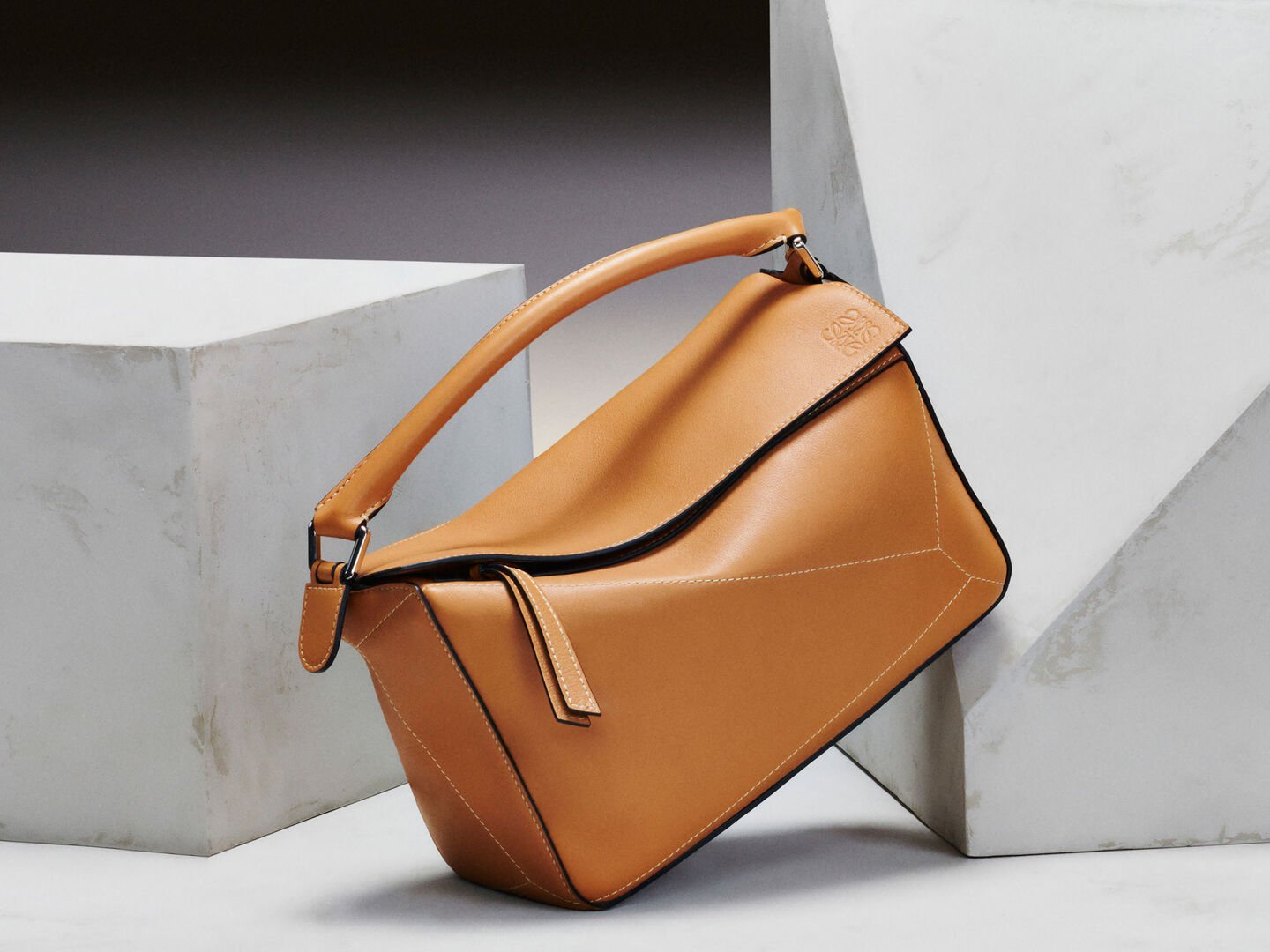
Ubrique’s artisans are prized for their impressive skills in handweaving, embossing, and stitching. Their unparalleled craftsmanship has attracted the world’s leading fashion houses, such as Louis Vuitton, Gucci, Michael Kors, and Chanel, all of whom frequently outsource their production to Ubrique. This continuous partnership is a testament to Ubrique’s consistent quality and supremacy in the luxury leather market.
Ubrique's dominance has significantly impacted the local economy, with most inhabitants directly or indirectly involved in the leather industry. It also bears the responsibility and challenge of upholding its quality and consistency amidst growing and evolving global demands.
Modern Spanish Leather and the Road Ahead
Today, Spanish leather is synonymous with high quality, imaginative design, and exceptional craftsmanship. With significant contributions from regions like Ubrique, Spain exports leather products at a large scale, ranging from bags and footwear to accessories.
As sustainability and environmental consciousness rise in global discourse, Spanish manufacturers are taking considerable strides to incorporate cleaner production methods and greener materials, such as vegetable-tanned and chrome-free leathers.
Spain's relationship with leather goods, evolving lovingly over centuries, narrates a tale of tradition, craftsmanship, and innovation. Towns like Ubrique have significantly steered the course of this journey by servicing and satisfying the most discerning tastes in luxury leather. Balancing the preservation of tradition with the objective of furthering sustainability, Spain remains poised for continual growth and leadership in the industry.
 2
Like
Published at 11:17 AM Comments (0)
2
Like
Published at 11:17 AM Comments (0)
What if Spain Became a Republic?
Saturday, January 20, 2024
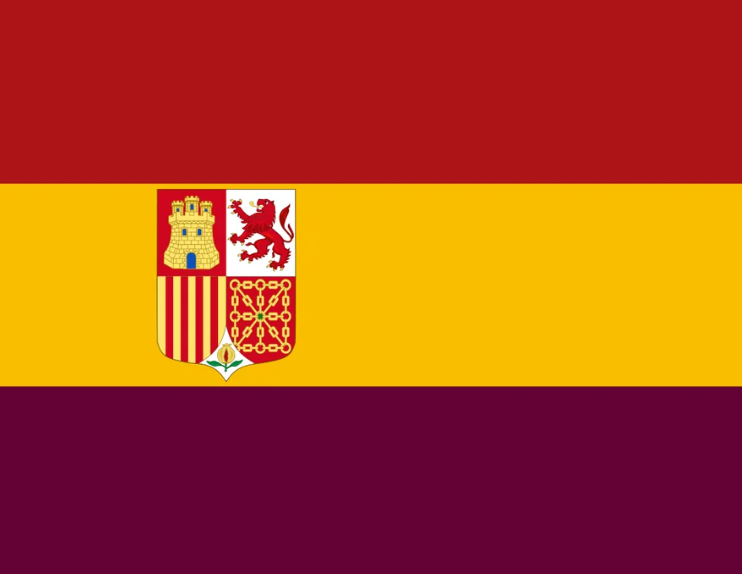 There's been growing discontent in Spain towards the monarchy represented by King Felipe VI. This feeling has been magnified by a series of scandals involving the former King, Juan Carlos, and allegations of financial impropriety. The re-emergence of public sentiment questioning the monarchy's relevance in Spain's contemporary political climate, combined with the ongoing tensions between Catalonia and Madrid over matters of independence and autonomy, have set a peculiar stage for Spain's future. There's been growing discontent in Spain towards the monarchy represented by King Felipe VI. This feeling has been magnified by a series of scandals involving the former King, Juan Carlos, and allegations of financial impropriety. The re-emergence of public sentiment questioning the monarchy's relevance in Spain's contemporary political climate, combined with the ongoing tensions between Catalonia and Madrid over matters of independence and autonomy, have set a peculiar stage for Spain's future.
Historically, Spain has seen such a transition before - moving from a monarchy to a republic in the 1930s. However, the Second Republic only lasted for about five years before it succumbed to a civil war and a dictatorship. Transitions, especially ones that involve such a dramatic shift in governance and power, are complex, unpredictable, and fraught with challenges.
Such a transformative change would not just mean abolishing the monarchy and introducing a republic, but also the creation of a new constitution - a powerful document that represents a country's values and sets the path for its future. Each of these transformations brings its own set of uncertainties, hurdles, and potential revolutionary shifts.
If imagined as a procession of events, what would this cardinal shift look like?
"Once upon a time in the not-too-distant future, the land of Spain experienced a shift in political and social sentiment. Citizens began to seriously question the monarchy's relevance and wondered if a republic would better serve the needs of the people. What began as a whisper transformed into a bold movement, shaking every corner of the country, from the streets of Madrid to the beaches of Valencia.
As the push for change gained momentum, Spanish politicians of all stripes took notice. They recognised the thirst for reform, and Spain's parliament held a historic debate regarding the path forward. After lengthy deliberation, they agreed that discussing a transition from a monarchy to a republic was inevitable. The government decided to form a diverse cross-party group, called the Committee for Constitutional Change, representing the people's will and the multiplicity of perspectives within Spain.
Under the guidance of the Committee, the process commenced with a series of public consultations across the country. These consultations served as a platform for the citizens to voice their opinions and concerns. The Committee members listened intently, adjusting their stances with the evolving perspectives of the Spanish people.
Following an exhaustive consultative phase, the Committee submitted a proposal to parliament, recommending a public referendum to decide the fate of the Spanish monarchy. The government, acknowledging the importance of public input, scheduled the referendum for six months later to provide ample time for Spaniards to weigh the pros and cons of such a monumental shift.
In those six months, the nation found itself consumed by intense debate over the merits of a republic and the appropriate place for the monarchy in modern Spain. Families and friends discussed heatedly around dinner tables, passionate arguments spilt out into streets and plazas, and expert opinions found their way to newspapers, television screens, and social media.
Finally, the day of the referendum arrived. As the sun rose over Spain, millions queued up to cast their votes at polling stations. The country held its breath, anticipating the outcome of this historic moment. The results trickled in late into the night, with the nation on tenterhooks. In the end, the people of Spain chose the path towards a republic, embarking on a new chapter in their storied history.
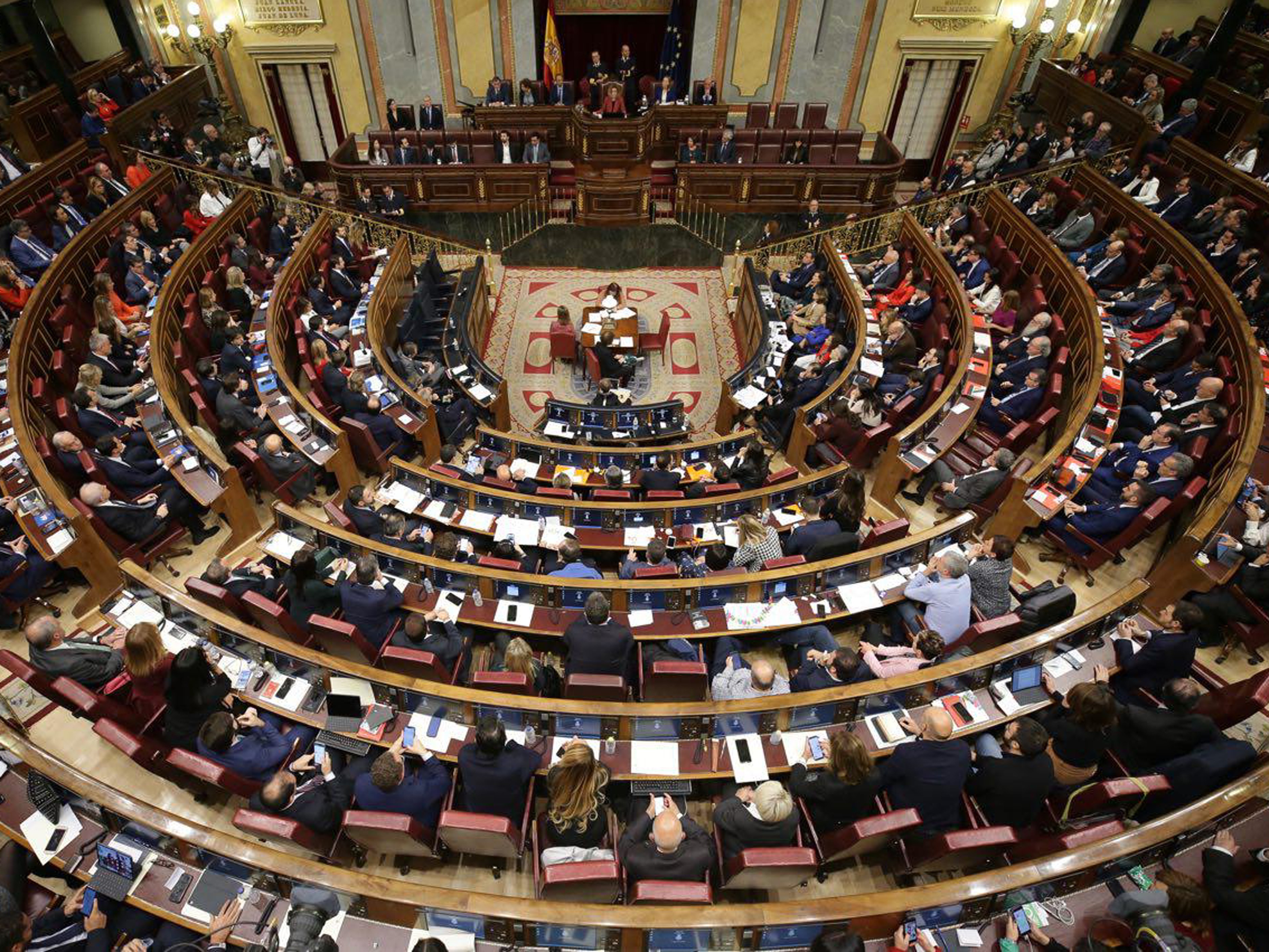 After the dust settled, the Committee for Constitutional Change convened again to form the Constituent Assembly, which was given the mandate to draft a new constitution for the Republic of Spain. The assembly included representatives from a wide range of political parties, regions, and socio-cultural backgrounds, ensuring that the new constitution truly represented the people of Spain. After the dust settled, the Committee for Constitutional Change convened again to form the Constituent Assembly, which was given the mandate to draft a new constitution for the Republic of Spain. The assembly included representatives from a wide range of political parties, regions, and socio-cultural backgrounds, ensuring that the new constitution truly represented the people of Spain.
Months of arduous work went into the drafting process, as the assembly debated the country's values, rights, and future governance structure. Finally, a new constitution emerged that enshrined the principles of democracy, transparency, and social justice. Upon presenting the constitution to the parliament and securing its members' approval, the Constituent Assembly dissolved, marking the successful conclusion of its mission.
The new Republic of Spain prepared to elect its first President, who would serve as a symbol of national unity and embody the values of the republic. A spirited and fiercely contested election resulted in the selection of a charismatic president who pledged to shepherd Spain into a new era of progress and inclusivity.
With the new constitution in place and the president inaugurated, the Spanish government reformed its institutions one by one, and a fresh wave of change swept the nation. Spain, now a republic, strode confidently towards a promising future, built on a resilient foundation of democracy, freedom, and the collective aspirations of its people.
And so, Spain journeyed onward into its new era, guided by the spirit of progress and the dreams of its diverse citizenry. Although challenges and uncertainties remained, the nation embraced the path towards a more democratic and inclusive future, creating a new legacy for generations to come."
Resembling a story straight out of history, this imagining hears the echoes of Spain's current debates and the whispers of a future yet to come. However, whether fiction turns into reality depends on numerous intertwining factors, including evolving public sentiment, political will, legal routes, and Spain's socio-economic climate. That yet remains an unfolding tale within Spain's richly woven history.
 3
Like
Published at 8:35 AM Comments (2)
3
Like
Published at 8:35 AM Comments (2)
Spain's Gastronomic Traditions of the Three Kings
Saturday, January 6, 2024
The tradition of The Three Kings, or Los Reyes Magos, is a key part of Spanish culture which brings to life Biblical stories recounting how, following Jesus's birth, magi from the East journeyed to the famous nativity in Bethlehem to bestow gifts upon the infant. The festivities are now marked across Spain with multitudinous celebrations, the holiday even honoured nationwide on the 6th of January. On the preceding day, parades are held in all areas during which candies and sweets are distributed to spectating children and adults alike, courtesy of the kings' impersonators.
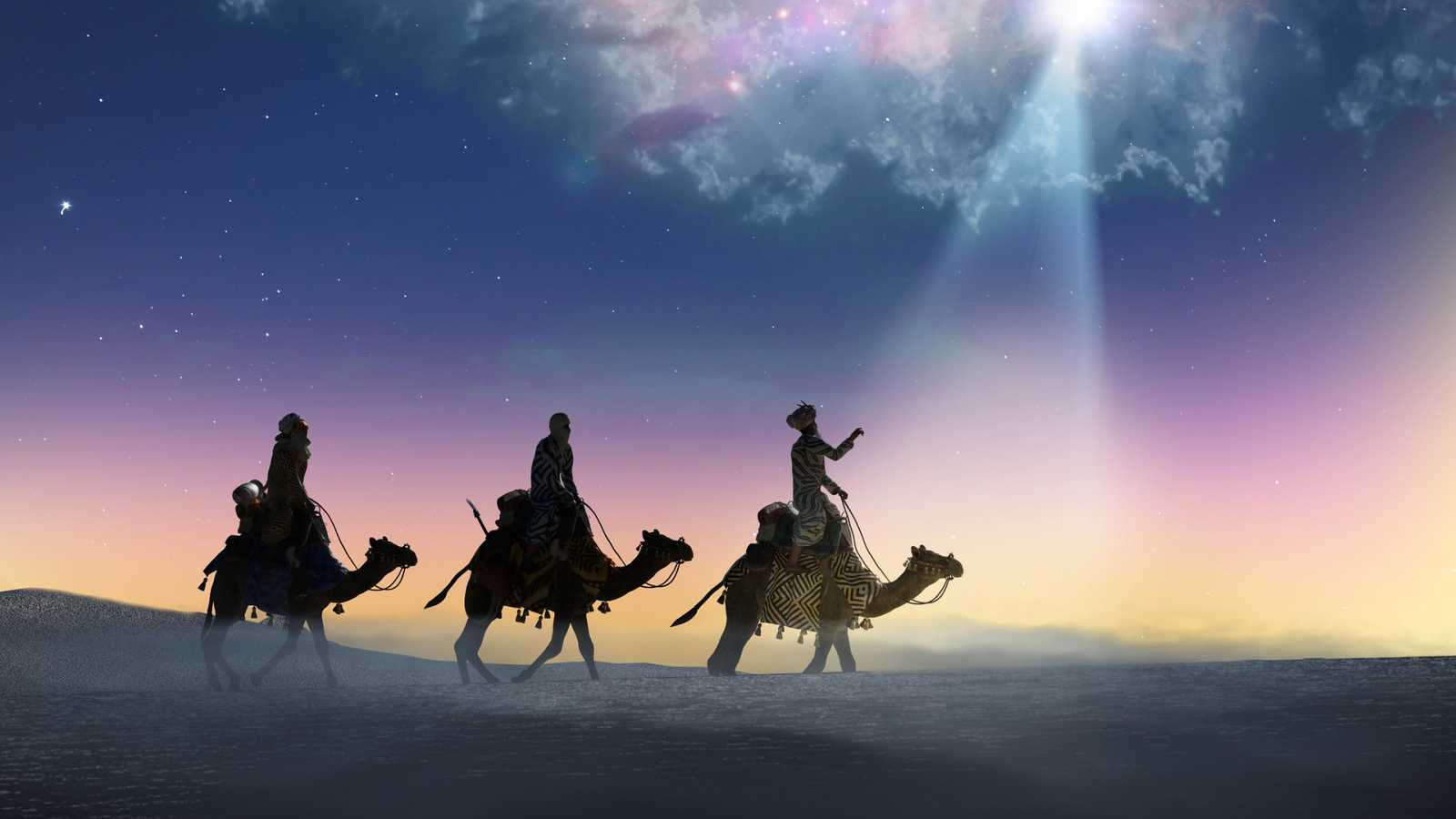
Undeniably, one of the most deeply-rooted gastronomic customs is the delicious Roscón de Reyes, a sugar-coated cake with countless variations, recipes, and fillings. It is commonly enjoyed as a snack or dinner on the eve before Three Kings' Day and traditionally includes a hidden surprise. Tradition lends credence to various legends surrounding this surprise, ranging from bestowing good luck on the fortunate discoverer to, in some cases, mandating them to foot the bill for the sweet cake.
On the morning of the 6th, children awaken to gifts the magi have left overnight. A crucial part of the festivities holds that refreshments be kept for the visiting Kings, nourishing them on their long journey. Family traditions play a role in deciding what foods to leave out, from cookies, sweets, and fruit to chocolates. Asprocan, the Association of Organisations of Banana Producers of the Canary Islands, are advocating for people to adopt the custom of leaving 3 Canary bananas to help the kings replenish their energy.
Adding quaintness to the tradition, children leave a shoe out for each family member, hoping to have them filled with candies and treats. Those children who have been naughty during the past year typically receive coal. In recent times, bakeries have seized upon the trend of crafting 'sugared charcoal'.
In several Latin American countries, unique rites and traditions complement the celebration of the Three Kings' holiday. In Mexico, the customary Rosca de Reyes is also enjoyed. In Peru, the event is utilized to dismantle the Nativity, and in Puerto Rico, children traditionally collect fresh grass on the 5th to ensure the magis' camels are also fed.
 1
Like
Published at 11:43 AM Comments (0)
1
Like
Published at 11:43 AM Comments (0)
Spam post or Abuse? Please let us know
|
|